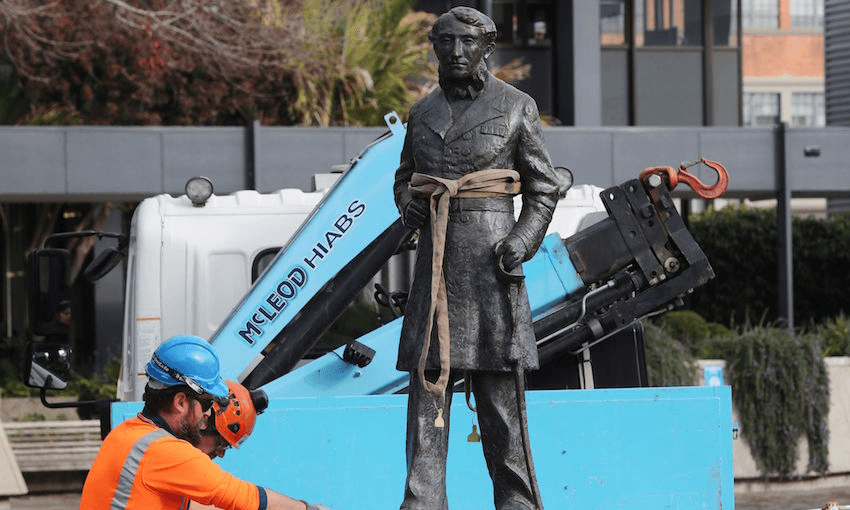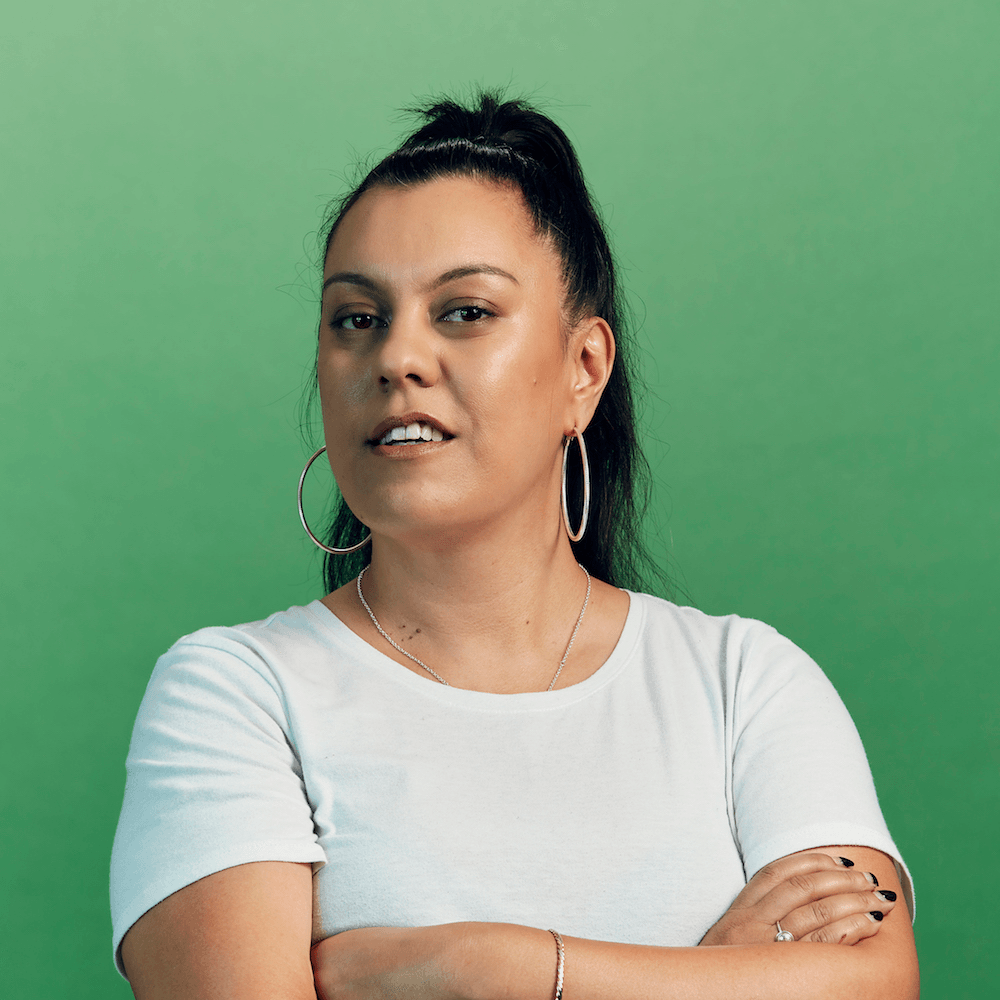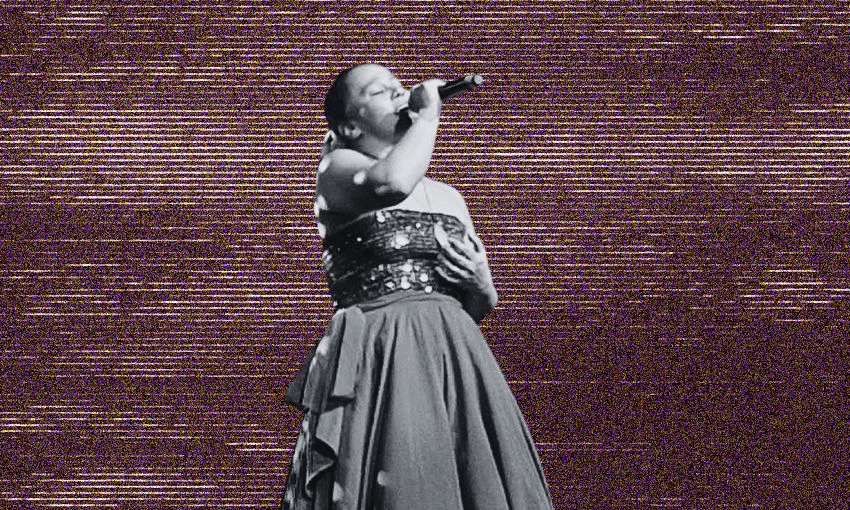A new survey by Stickybeak for The Spinoff shows more than one in four would like to see Hamilton’s name revert to Kirikiriroa. But a Waikato kaumatua says he’ll continue to push for change.
As statues come down around the world and long-venerated slave traders and colonialists have their actions put under the microscope for the first time, the same battles are being waged within New Zealand’s communities and councils. Do our statues and street names teach us about history? Or are they simply monuments to the side that “won”? John Bryce, who led the invasion of Parihaka, and Colonel Marmaduke George Nixon, whose attack on a Rangiaowhia settlement led to the massacre of women and children, are just two forefathers in the line of fire, as is the man for whom Aotearoa’s fourth-most populous city is named.
As part of a series of demographically weighted polls by Stickybeak for The Spinoff, we found more than 27% supporting a switch. But that left more than half the respondents against using the original name for Hamilton, Kirikiriroa.
But the kaumatua whose actions led to the recent removal of the statue of Captain John Fane Hamilton from Hamilton’s Civic Square, Taitimu Maipi, says he’ll keep pushing for the name change regardless.
He told The Spinoff: “We will push for the name change for Hamilton to Kirikiroa whether the number is 57% or 1.1%.
“Hamilton statue and the Hamilton name both represent the atrocities that happened at the Battle of Gate Pā, and Kirikiriroa was the original name of the town.”
In 2018 Maipi took to the statue with red paint and a hammer after discovering that the Ministry of Education had announced it wouldn’t include the Land Wars in the New Zealand school curriculum. After giving the statue a hammering in the face, he calmly walked to the city council offices to leave his contact details.
Then in June 2020 during a Black Lives Matter solidarity protest, Maipi threatened to remove the statue, this time with help from the Mongrel Mob. Not long after, the statue was removed by Hamilton mayor, Paula Southgate.
Maipi and other Waikato-Tainui hapū aren’t the only ones that believe the original name should be restored. In 2018, former Hamilton mayor Andrew King suggested changing the council’s name to Kirikiriroa City Council to promote closer links with iwi. After facing a huge backlash to the decision, King withdrew his suggestion.
It’s believed Captain Hamilton never stepped foot in the city. He died in the assault on Pukehinahina (Gate Pā) in Tauranga. According to Maipi, he was “an asshole”.
“The story is only their story, their hero. These Pākehā think history is just their history, it’s not.
“In the same battle where Hamilton died, there was a rangatira who told his soldiers that if an English soldier falls, give him water. Don’t kill him. Now if they’d put that as part of the story, that would be a nice balance, aye?”
Maipi says he wants his children and grandchildren to know the real history of New Zealand.
“Kirikiriroa means the gravel along the river. When you have a look at the history of the Waikato region, it was one of the best in the world for gardens. George Grey made that point in 1840, he said ‘what a beautiful place, look at the beautiful gardens, look at the healthy children’. Well, all of that is gone since the invasion. The beauty is now polluted. The river is polluted and our people are sick. You have to ask the question: why should we support that kind of behaviour? It’s time for a change.”
A second question in the Stickybeak poll asked if New Zealand is a racist country.
To the nearly 20% of people who answered “not racist at all”, Maipi says the evidence against that claim is easy to access and has been for a long, long time.
“Institutional racism is very clear to see. In 1870, the Tohunga Suppression Act and the restriction of rongoā. We can’t use that medicine because it’s evil. And now everybody wants our plants! Look at the 1984 report, then the 1988 Puao-te-ata-tu Report, our kaumātua went out all over the country, led by John Rangihau. It was very clear that institutional racism had to be brought into the discussion. The 1961 Hunn report, said that Māori should not live in their villages, they should be pepper-potted to become like Pākehā.”
“We don’t need a report though, we know all about it, aye. Our people live it.”


